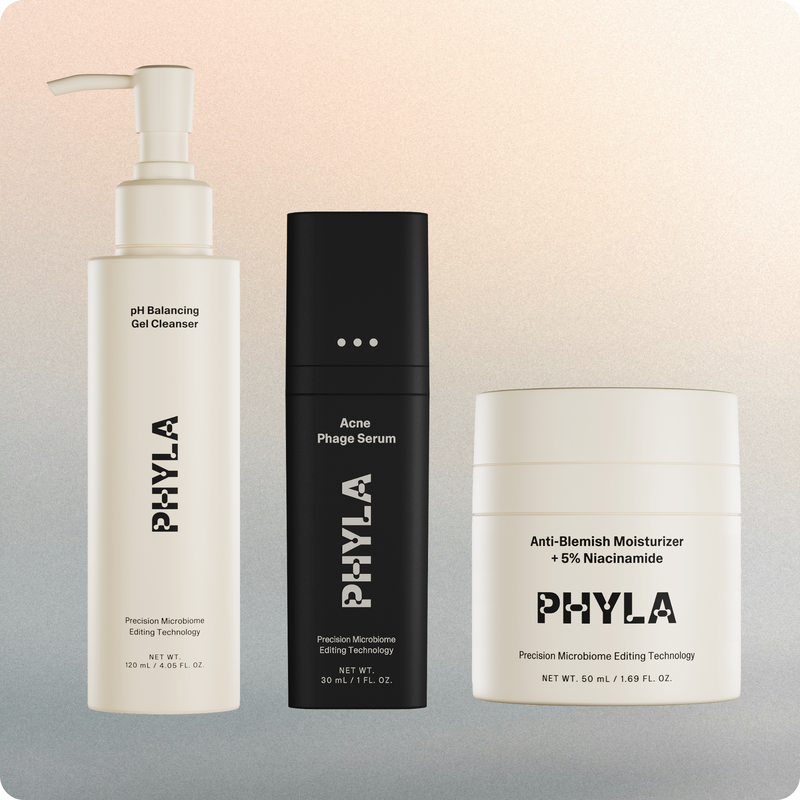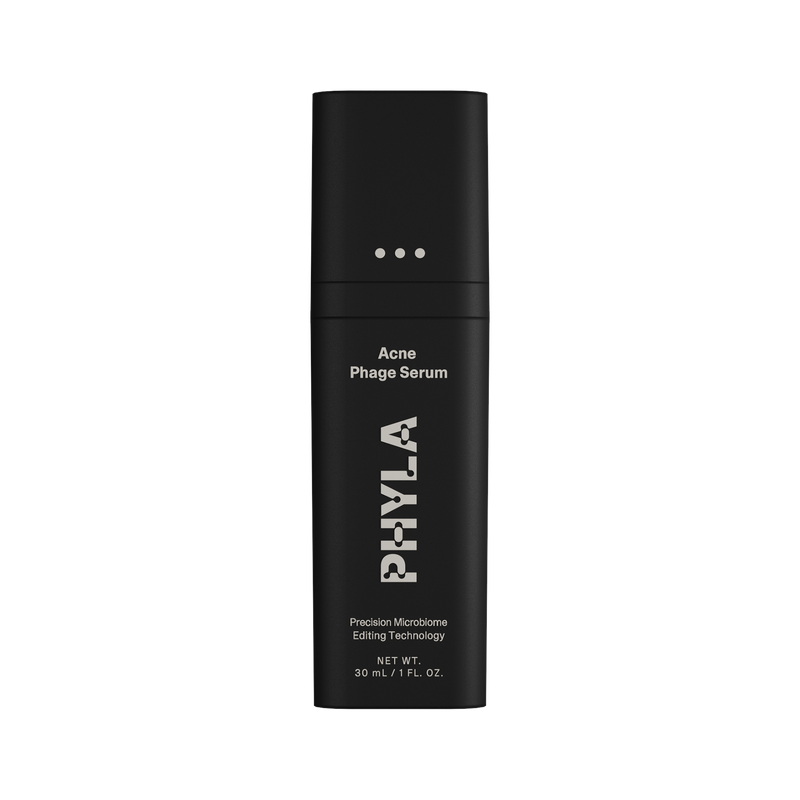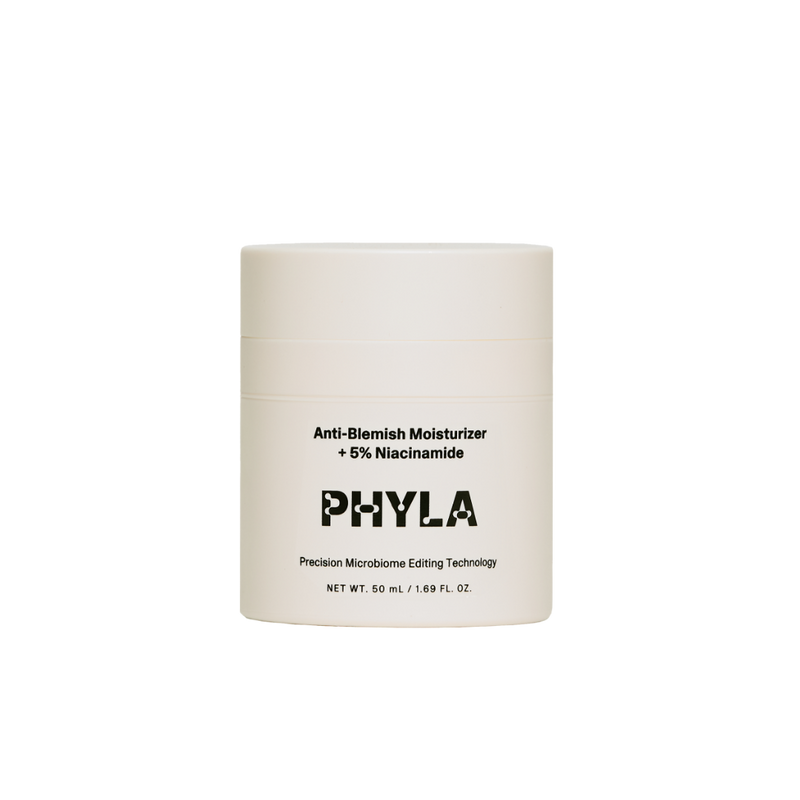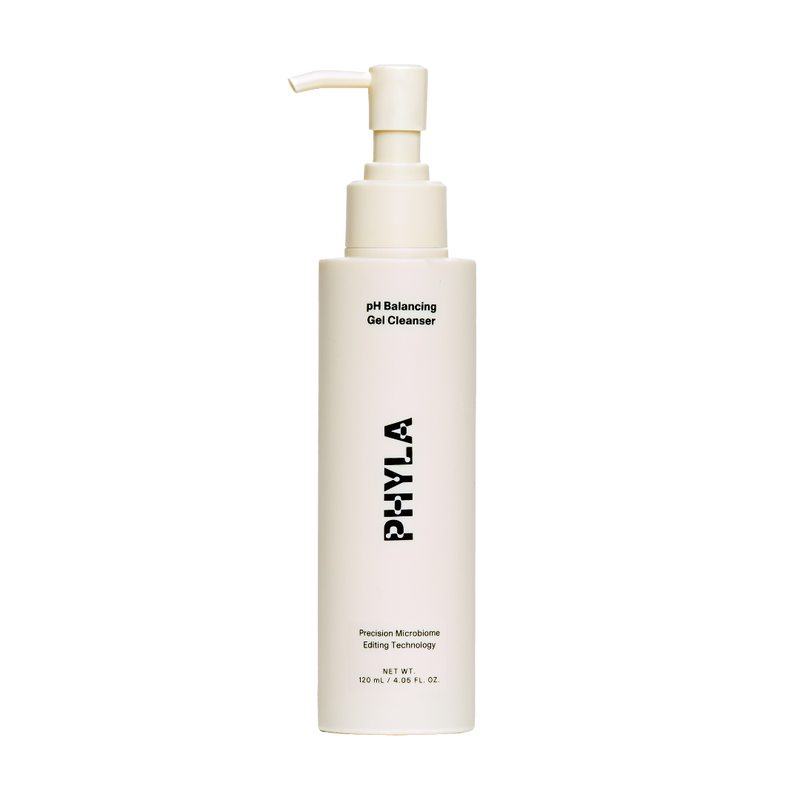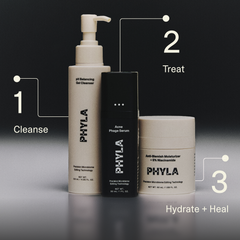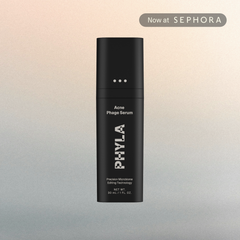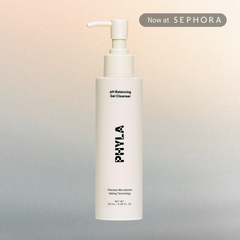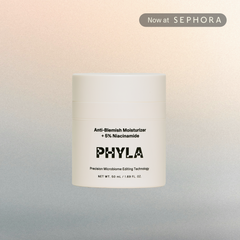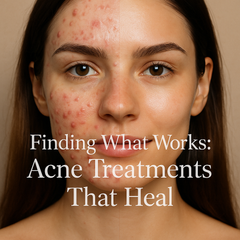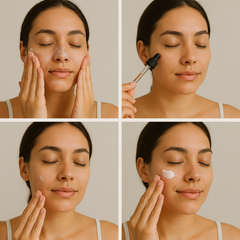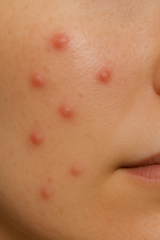The Complete Guide to Acne: Types, Causes & Natural Solution
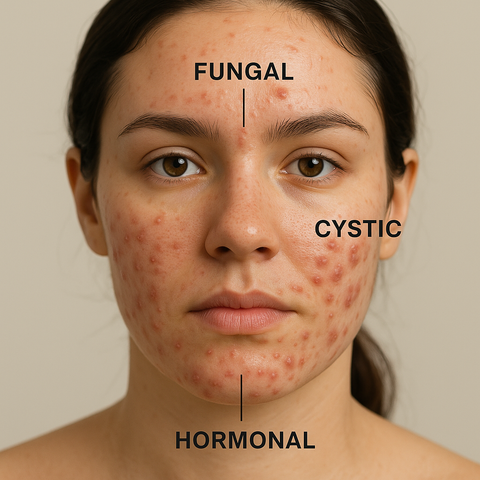
Acne isn’t just a teenage rite of passage—it’s a chronic skin condition that affects people of all ages. From persistent itchy acne on the face to stubborn breakouts along the jawline, acne can manifest in many forms, often making it challenging to identify the underlying cause. For many adults, hormonal imbalances are a common trigger, and knowing how to tell if acne is hormonal is essential for selecting the most effective approach.
Understanding whether you have hormonal acne or another type is the first step toward relief. Signs like cyclical flare-ups, deep cystic pimples, and breakouts concentrated around the lower face may indicate a hormonal component. Recognizing these patterns helps you learn how to know if you have hormonal acne, so you can choose targeted solutions that support your skin’s health.
Let’s break down what causes acne, how to tell the difference between common types, and what you can do to treat it naturally—without compromising your skin’s microbiome.
Quick Acne Comparison Chart
|
Acne Type |
What It Feels Like |
Common Triggers |
|
Itchy Acne |
Inflamed, red, with a strong urge to scratch |
Fungal overgrowth, skin irritation, microbiome damage |
|
Hormonal Acne |
Deep, cyst-like bumps on chin/jawline |
Hormonal shifts, stress, PCOS, menstrual cycle |
|
Fungal Acne |
Small, itchy bumps, especially on forehead |
Malassezia yeast, sweat, antibiotic use |
|
Cystic Acne |
Large, painful lumps under the skin |
Bacterial imbalance, sebum overproduction, diet |
|
Skin Purging |
Sudden breakout after new product use |
Active ingredients (like acids or retinoids) |
|
Maskne |
Acne around mouth/chin |
Friction, sweat, bacterial buildup under masks |
Why Is My Acne So Itchy?
Itchy acne is more than just a nuisance—it’s often an indicator that your skin’s microbiome may be unbalanced. When you notice itchy acne on your face, such as along the chin, jawline, or forehead, it frequently points to issues like fungal acne causes or irritation related to certain skincare products. These uncomfortable breakouts are different from typical bacterial acne and can be related to what fungal acne is caused by, including fungal imbalances within the skin.
In many cases, instead of bacteria, these itchy breakouts are triggered by an overgrowth of Malassezia yeast—a key player in what causes fungal acne—especially in warm, humid conditions. Common causes of fungal acne on the face include overuse of antibiotics, frequent over-washing, and harsh or barrier-disrupting ingredients that damage the skin’s protective layer. Recognizing what causes fungal acne can help prevent further irritation and guide you toward the right treatment for fungal acne.
How to Calm Itchy Acne:
-
Choose a gentle, pH-balancing cleanser containing ingredients like tea tree oil or salicylic acid, which can aid in fungal acne treatment
-
Steer clear of heavy oils or occlusive moisturizers that may worsen itchy acne on the face
-
Opt for microbiome-friendly products that support your skin barrier and help manage the causes of fungal acne
Discover effective treatments for calming itchy acne
How to Know If You Have Hormonal Acne
Hormonal acne is usually cyclical, flaring up around the same time each month. Common signs include:
-
Painful cysts along the chin and jawline
-
Breakouts before or during your period
-
Acne that gets worse with stress or lack of sleep
Fluctuating hormones—especially during the luteal phase of your menstrual cycle—can increase oil production and inflammation, creating a perfect storm for breakouts. PCOS is another major contributor.
Learn how to treat hormonal acne naturally →
What Makes Hormonal Acne Different?
Unlike regular breakouts, hormonal acne stems from internal imbalances—like estrogen dominance, high testosterone, or blood sugar issues. You may benefit from:
-
Supplements for hormonal acne (think zinc, DIM, omega-3s)
-
Natural hormonal acne treatments (diet, stress management, microbiome support)
-
Microbiome-friendly products that target bacteria—not your hormones
Explore Phyla’s approach to hormonal acne here →
Is It Acne or Skin Purging?
Have you noticed a breakout right after trying a new serum? That might be skin purging, not regular acne.
-
Timing: Purging shows up within 1–5 weeks of starting a new product.
-
Type of breakout: Includes whiteheads, small bumps, and blackheads.
-
Location: Usually appears where you commonly break out.
While purging is temporary, knowing how to spot it (and how to support your skin through it) is key. Want help navigating a possible skin purge?
What Causes Fungal Acne?
Fungal acne is often confused with regular acne, but it’s a completely different condition. While typical acne is caused by C. acnes bacteria, fungal acne is triggered by yeast—specifically Malassezia, a fungus that naturally lives on your skin.
This type of acne usually shows up as small, uniform bumps that may itch or feel inflamed. It tends to appear on the forehead, chest, and back—especially in humid climates or after using antibiotics, sweating heavily, or applying pore-clogging skincare.
Signs you might be dealing with fungal acne:
-
Breakouts are itchy and all roughly the same size
-
Pimples appear in clusters on the forehead, jawline, or upper body
-
It doesn’t respond to traditional acne treatments
-
Gets worse in hot, sweaty, or oily environments
Unlike bacterial acne, fungal acne needs a different approach—often antifungal ingredients and a more balanced skin microbiome.
See the best fungal acne treatments and how to treat fungal acne naturally →
Cystic Acne: Why It Happens & What to Do
Cystic acne can be painful, persistent, and often tied to inflammation, diet, or internal imbalance. If your cystic acne is itchy, you're not imagining things—this could point to skin stress or microbiome imbalance.
Pro tips for soothing cystic acne:
-
Use a warm compress for cystic acne to calm inflammation
-
Keep your routine simple and microbiome-safe
-
Avoid picking or using heavy, silicone-based products
How to support your skin through cystic acne →
How to Treat Acne Naturally (Without Harsh Chemicals)
Clear skin isn’t about nuking your breakouts with strong medications—it’s about restoring balance. That includes:
-
Prioritizing gut health (diverse, nutrient-dense diet)
-
Addressing food sensitivities or chronic inflammation
-
Sticking to a consistent, barrier-friendly routine
-
Supporting your body’s natural detox systems (think liver and lymph)
The Science Behind Phyla: Smarter Acne Care for Sensitive Skin
Phyla uses live bacteriophages—natural organisms that selectively kill C. acnes bacteria while preserving the skin’s microbiome. That’s what makes it so unique for treating hormonal acne, cystic acne, and even purging phases.
No antibiotics. No hormone disruption. Just targeted science that supports healthy skin.
https://www.healthline.com/nutrition/13-acne-remedies
https://hk.asiatatler.com/style/maskne-face-mask-acne-products-treatment
https://www.esquire.com/style/grooming/a33084744/how-to-get-rid-of-maskne-mask-acne/

